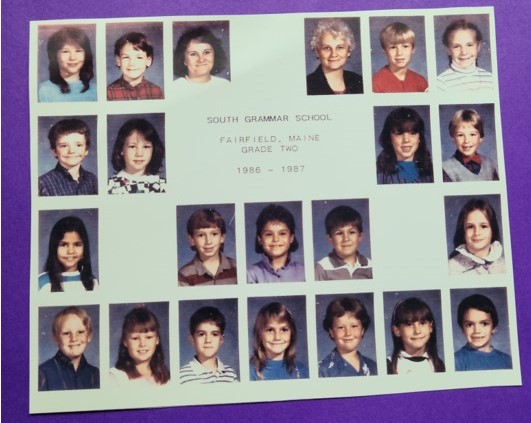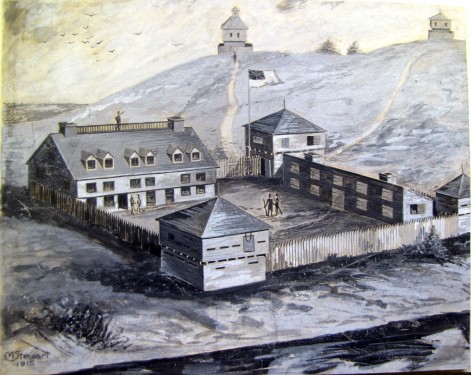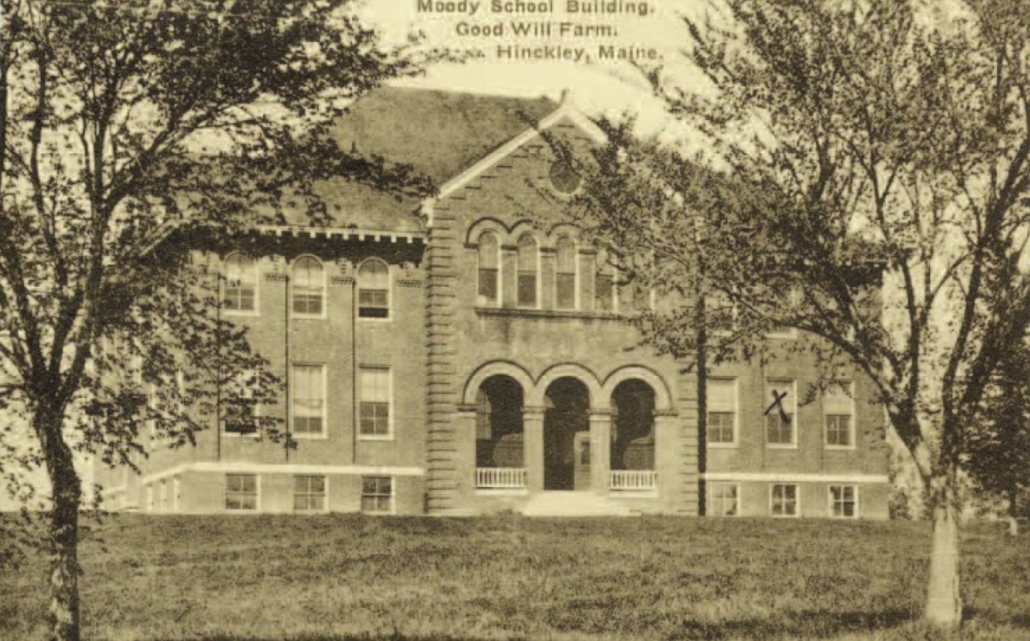Fairfield Historical Society quilt show tradition resumes

Example of a friendship quilt that was created by the 1986-1987 second grade class of Fairfield’s South Grammar School with the assistance of their art teacher.
by Marion Foster
The Fairfield Historical Society announces the resumption of the FHS Quilt Show which they have hosted every other year, until the Covid Pandemic interfered. On Saturday and Sunday, July 10 and 11, from 11 a.m. to 5 p.m., more than 50 quilts will be displayed at the Victor Grange, in Fairfield Center. These quilts belong to either the FHS or local residents. Others who have quilts of local interest that they would like to show are invited to call the FHS at 453-2998.
Although both antique and contemporary quilts will be included, all are relatively new when viewed through the history of quilting. There is evidence that quilting was done in 3400BCE when layers of fabric and padding were stitched together. Initially such quilts were of totally practical purposes of warmth and insulation. By the 12th century, quilted clothing was introduced to Europe by the Crusaders who wore it beneath their armor. In the late 17th and early 18th centuries, quilt making came to America.
In Colonial America quilting was often a leisure time activity for those of wealth. The quilts of this time were very decorative and displayed the exquisite stitchery, needlework, and creativity which did their makers proud. Many Baltimore Album quilts still exist as examples of these fine quilts. After 1840, less grand but often time consuming, pieced or patchwork quilts of printed fabrics became more common. During the Civil War Era of the 1860s many quilts were fashioned and sold to raise money for the Abolitionist cause. Many more were made and donated to the troops on both sides to honor their cause and keep them warm. Very few of these beautiful tributes have survived. Most commonly, simple but practical quilts were made from leftover fabric scraps or worn out clothing and tied together for everyday bed covers.
During the Victorian Era, Crazy Quilts became very popular. These quilts were comprised of irregular shapes of fancy fabric, luxuriously decorated with fine stitchery and elaborate embellishments. Due to this popular 19th century fad, many examples of these lovely quilts have survived.
Many, many other variations and styles of quilt have endured or evolved through the ages: some of these are Wholecloth, Amish, Feed Sack, Medallion, Block, Album, Sampler, Applique, Patchwork and Friendship quilts. Quilting Guilds continue to flourish in Maine and many are eager to see what has been created during the isolation imposed by the Covid pandemic. On display this year will be an antique “postage stamp” patchwork quilt made of tiny squares pieced together. Also of interest is an example of a friendship quilt that was created by the 1986-1987 second grade class of Fairfield’s South Grammar School with the assistance of their art teacher. This quilt was gifted to their teacher, Mrs. Duplessis, and remains a treasured possession.
In an effort to foster post-pandemic community spirit, the Victor Grange will provide seating and sell food during the two-day event. This event is open to the public and all donations are very much appreciated.
Responsible journalism is hard work!
It is also expensive!
If you enjoy reading The Town Line and the good news we bring you each week, would you consider a donation to help us continue the work we’re doing?
The Town Line is a 501(c)(3) nonprofit private foundation, and all donations are tax deductible under the Internal Revenue Service code.
To help, please visit our online donation page or mail a check payable to The Town Line, PO Box 89, South China, ME 04358. Your contribution is appreciated!





Leave a Reply
Want to join the discussion?Feel free to contribute!